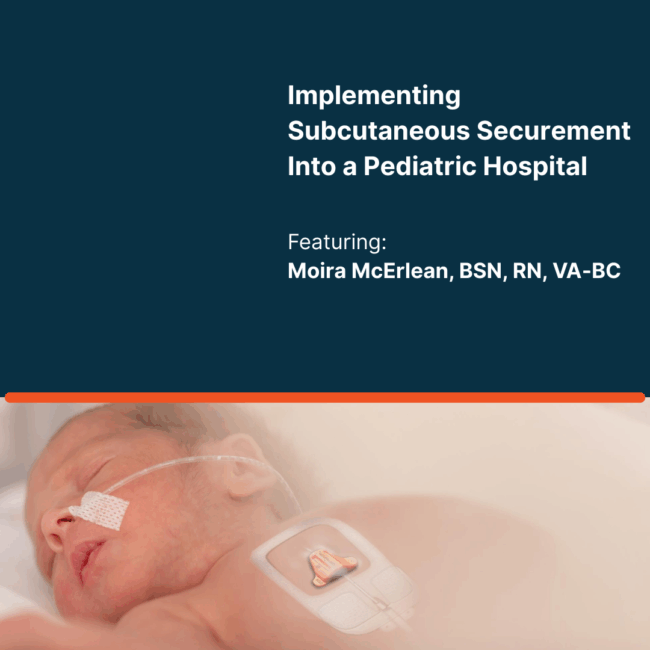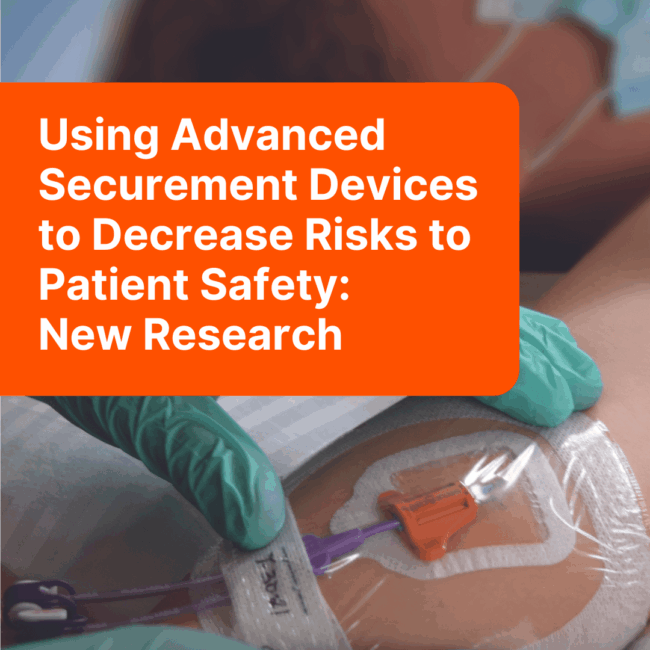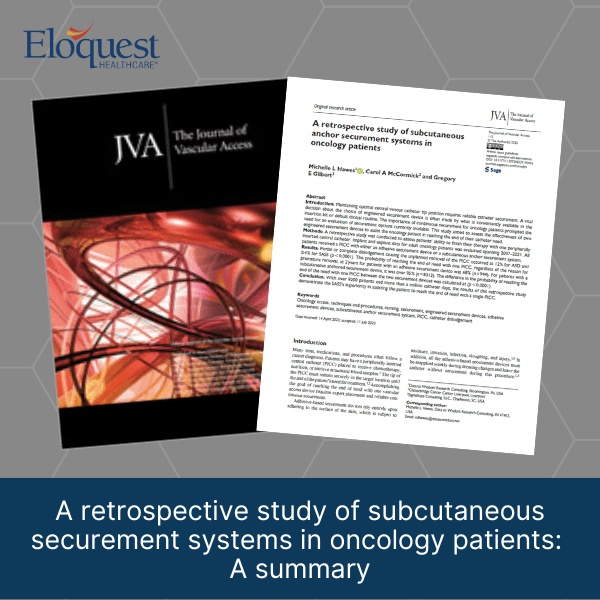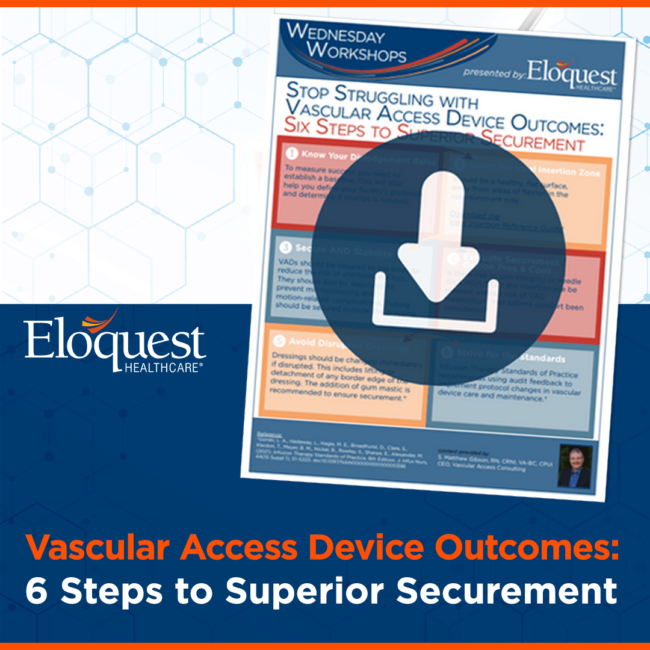Implementing Subcutaneous Securement Into Pediatric Hospitals
Introducing Subcutaneous Securement Into Pediatric Hospitals In the ever-evolving landscape of pediatric healthcare, innovation and advocacy are vital to improving outcomes and enhancing the patient experience. Moira McErlean, BSN, RN, VA-BC, is at the forefront of this movement, championing an approach supported by clinical evidence that is transforming vascular access in pediatric hospitals. With a…











